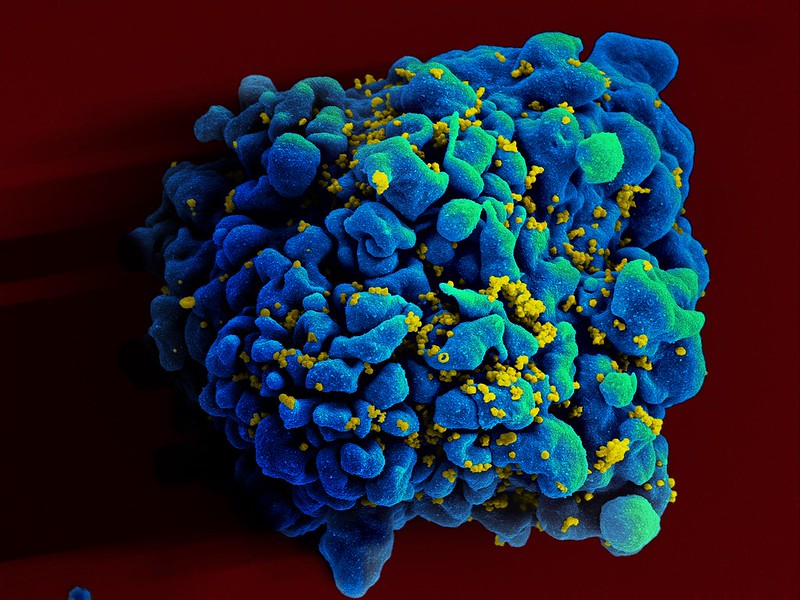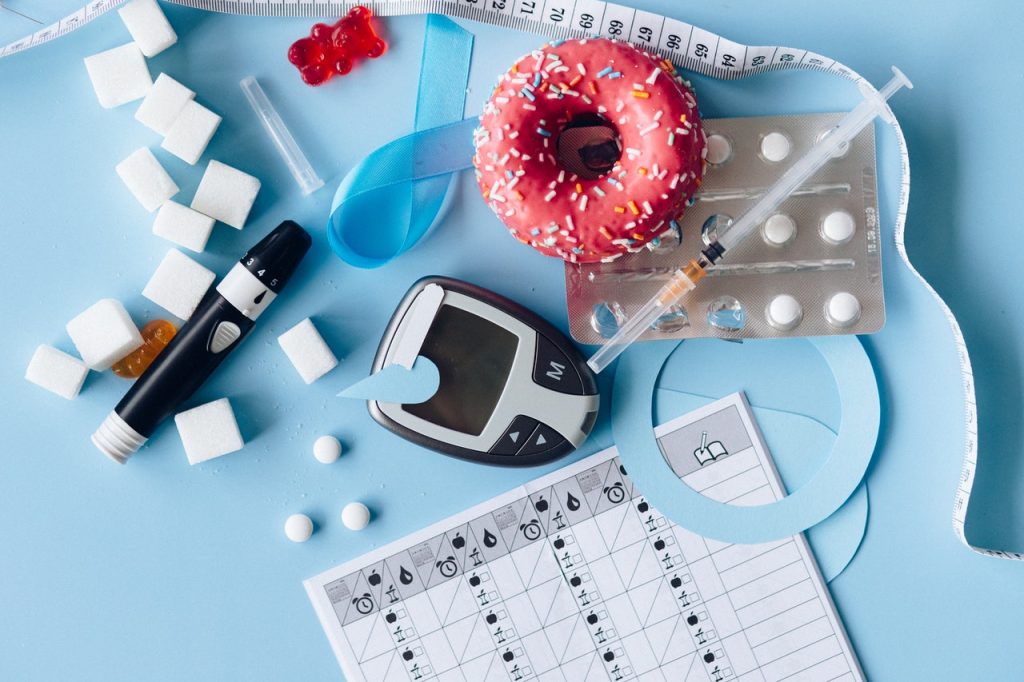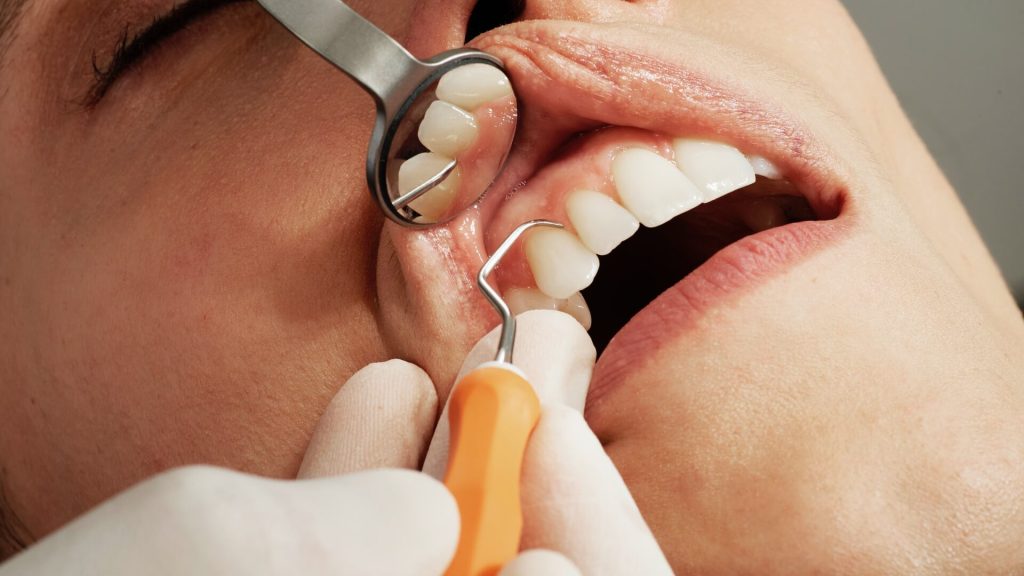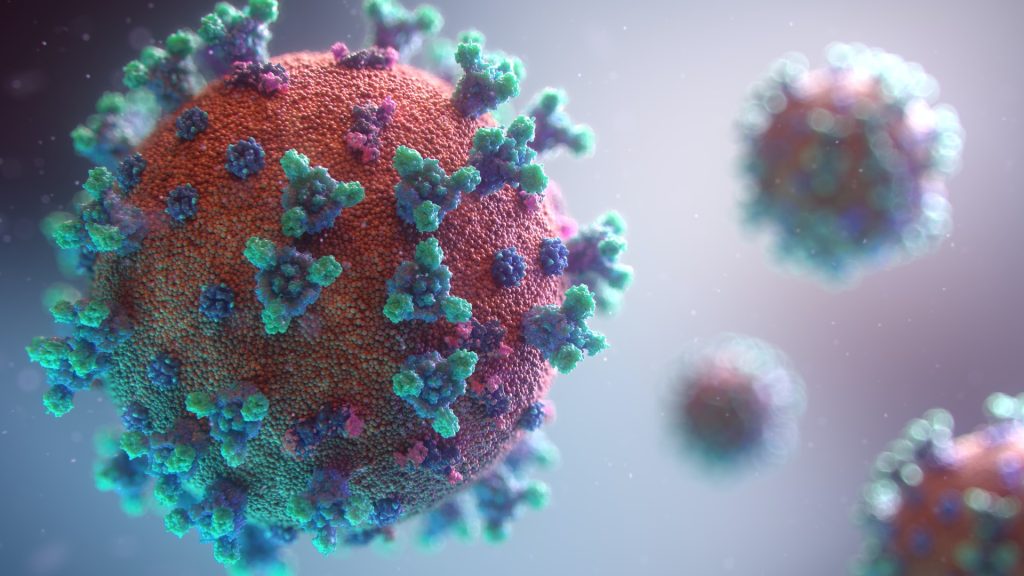Tranexamic Acid Cuts Blood Loss in Myomectomies

The use of tranexamic acid (TXA) reduced blood loss during myomectomies in women with large uterine fibroids, a retrospective cohort study has found.
Patients who underwent a myomectomy to remove uterine fibroids with a total weight greater than 173 g had lower estimated blood loss after receiving TXA compared with those who did not (205.6 mL vs 405.4 mL), reported Rachel Cullifer, MD, at the virtual American Association of Gynecologic Laparoscopists (AAGL) annual meeting. Furthermore, patients whose largest fibroid was greater than 73 mm had lower levels of blood loss with TXA (229.2 mL vs 408.3 mL).
“TXA is a highly safe hemostatic agent that gynecologic surgeons can utilize during myomectomies,” Cullifer said. “There is a role for TXA in myomectomies performed with a minimally invasive approach,” she added, noting that the treatment should be strongly considered for patients suspected of having a large fibroid burden.
When looking at all myomectomies not stratified by fibroid characteristics, there was not no significant difference in estimated blood loss between patients who received TXA and those who did not (184 mL vs 266 mL). Fibroids are the primary indication for hysterectomy in the US, Dr Cullifer noted, but myomectomy provides a safe alternative for those who want to preserve their fertility.
“Despite advances in laparoscopic techniques, blood loss and blood transfusions still remain higher in myomectomies when compared with hysterectomy,” Dr Cullifer pointed out, adding that elevated plasmin levels during surgery can result in prolonged bleeding. TXA lowers plasmin function and productivity, reducing blood loss, she stated.
Dr Cullifer and colleagues focused on fibroid characteristics to find out which patients might benefit most from TXA.
The researchers analysed patients who had a myomectomy from 2015 to 2020, compared myomectomy cases treated with TXA versus those that were not, and measured estimated blood loss, blood transfusion administration, and operative time. Of the 71 patients who had a myomectomy, 26 received TXA and 45 did not. The average estimated blood loss was 236 mL, and almost all patients underwent minimally invasive procedures, with 53% undergoing laparoscopic surgery and 40% undergoing robot-assisted procedures.
Save for age, all demographic characteristics were similar between the two groups. Patients who received TXA were an average of two and a half years younger than those who did not. Fibroid characteristics were also similar between the two groups. Additionally, adverse events were similar between the two groups. There was one case of thromboembolism in the cohort who did not receive TXA.
Source: MedPage Today










